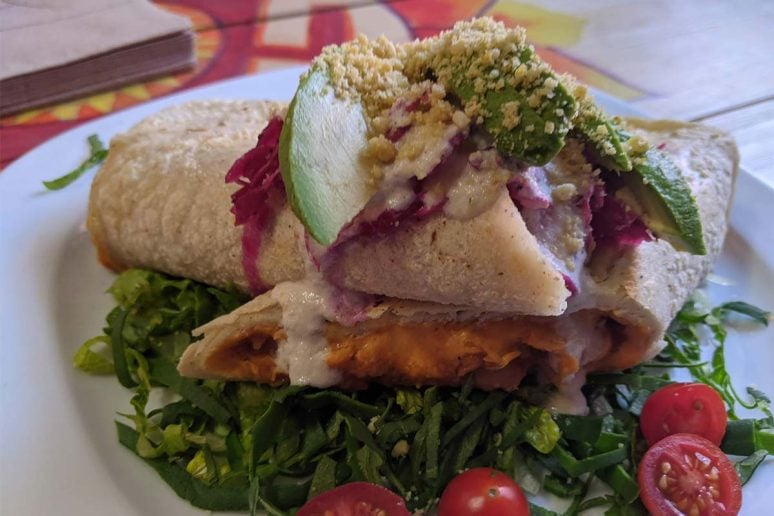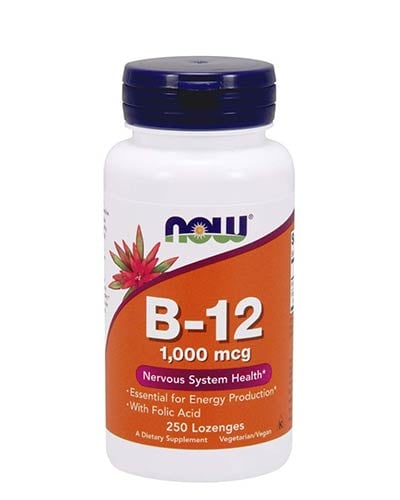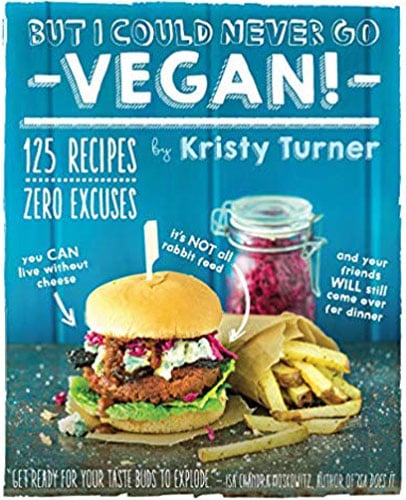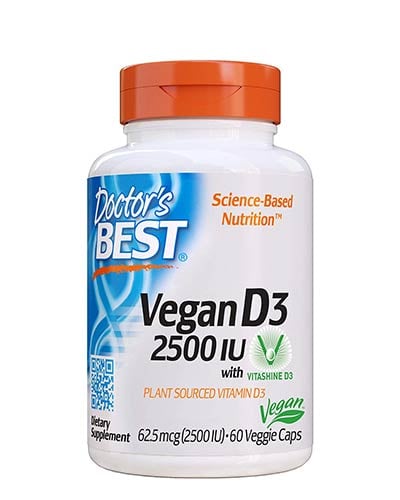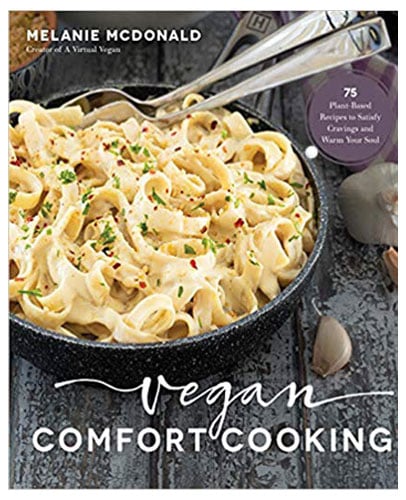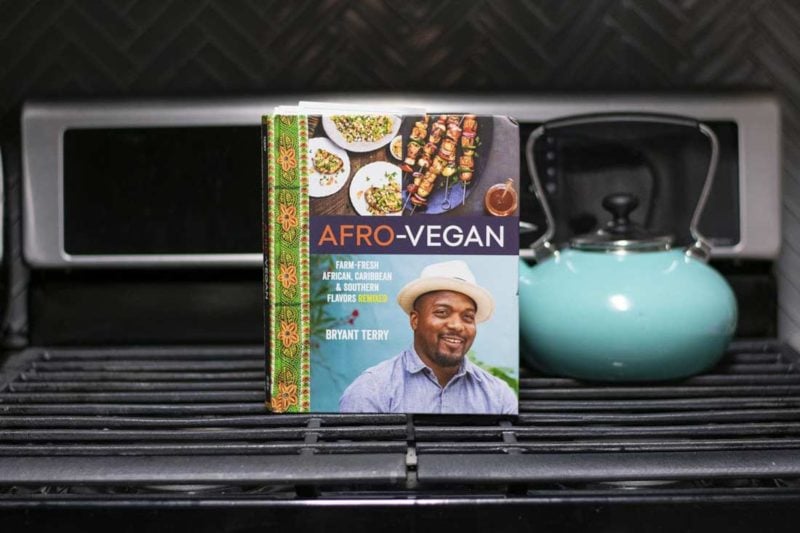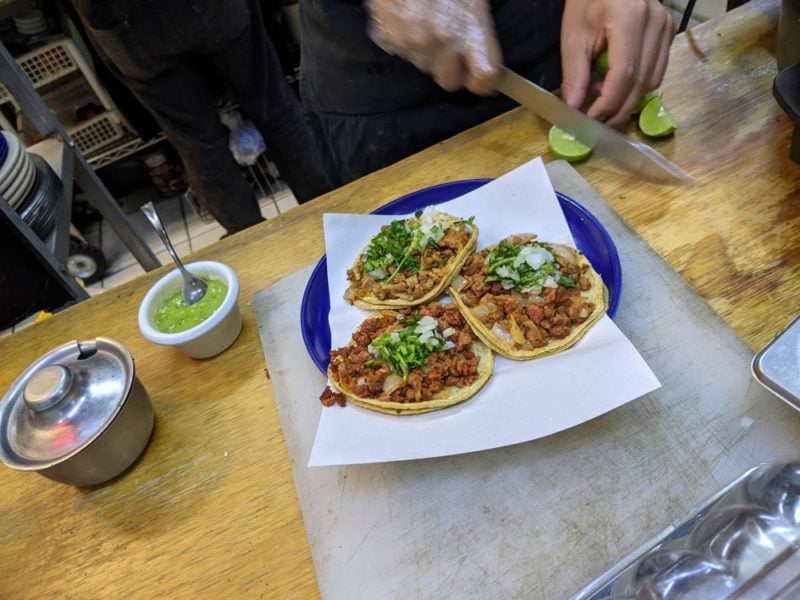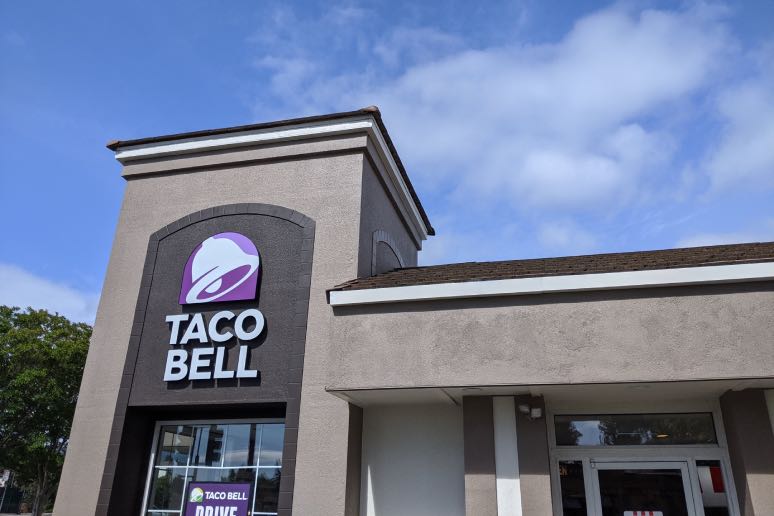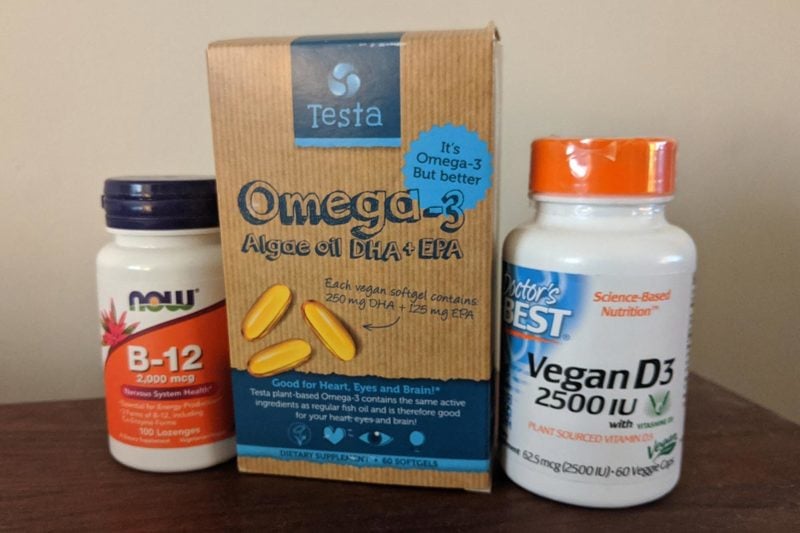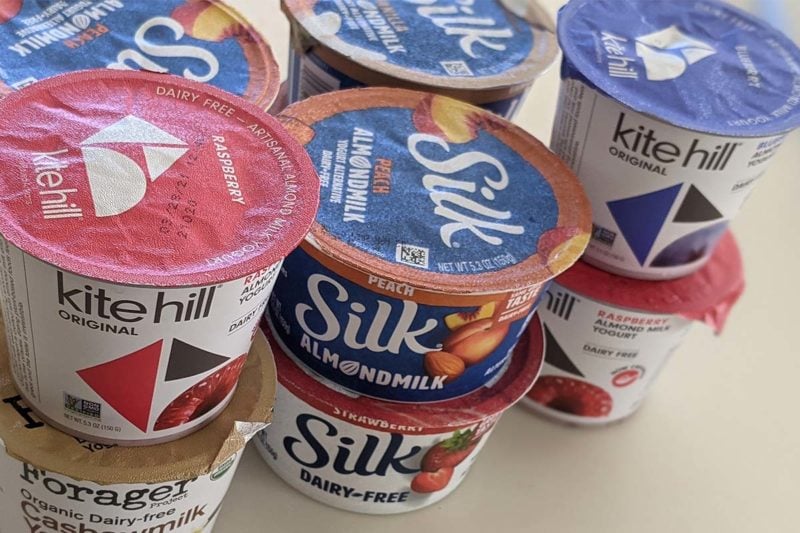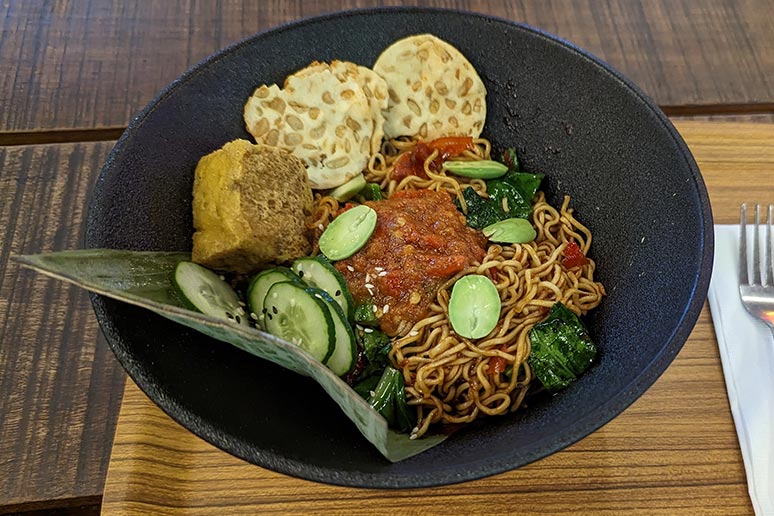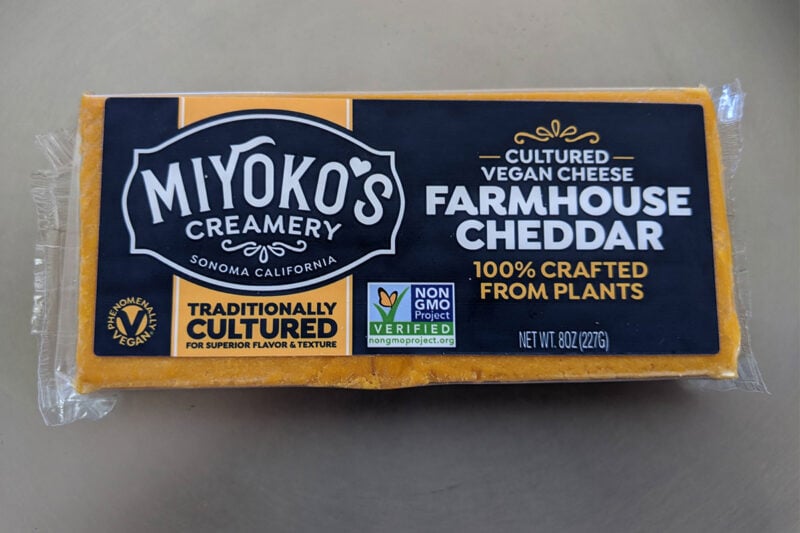A vegan diet can deliver important health benefits. Diets based primarily on plants are associated with lower cholesterol levels and reduced risk of type 2 diabetes. Plant foods also contain compounds with anti-cancer properties. Some people find that replacing meat, dairy and eggs with fiber-packed vegan foods helps them shed weight, too.
Simply eating a variety of whole plant foods along with healthy fats can reduce your risk of chronic disease. But meeting nutrient needs on a vegan diet requires a little extra attention. Everyone eating a mostly or entirely vegan diet should learn the basics of vegan nutrition. This article highlights the main nutrients to keep in mind. Nothing presented here is all that difficult, it’s just that it isn’t exactly intuitive.
Focus on the Big Picture
Good nutrition is the product of sensible meal choices made most of the time. Perfection isn’t required. You certainly have room for slips and indulgences along the way. What matters is whether most of your food choices involve nutrient-dense foods. Aim to eat a variety of foods from these vegan food groups to optimize nutrient intake:
- Fruits and vegetables: Vary your choices among these foods as much as possible. Leafy cruciferous vegetables like kale, collards, and turnip greens are excellent sources of calcium. Peppers, oranges, grapefruit, strawberries and chard provide vitamin C. Deep orange and yellow choices like squash and carrots are crucial in plant-based diets for meeting vitamin A needs.
- Beans and soy foods: Not only are beans protein-rich, they also provide fiber, potassium, and iron. Soy foods like tofu, tempeh, textured vegetable protein (TVP), and soy milk are loaded with good quality protein and are also unique sources of isoflavones, compounds that are linked to lower risk for cancer.
- Grains: Whole wheat bread and whole grains like brown rice and quinoa are the best choices in this food group since they are rich in fiber and contain iron and zinc.
- Nuts and seeds: Although high in calories, nuts and seeds are nutrient-dense, providing fiber, minerals, and healthy fats to menus. Seeds are especially good sources of the mineral zinc. Numerous studies link nuts to a healthy heart.
Moving toward a vegan diet requires you to find new food sources for some nutrients. But once you learn the basics of menu planning, following a healthful vegan diet becomes second nature.
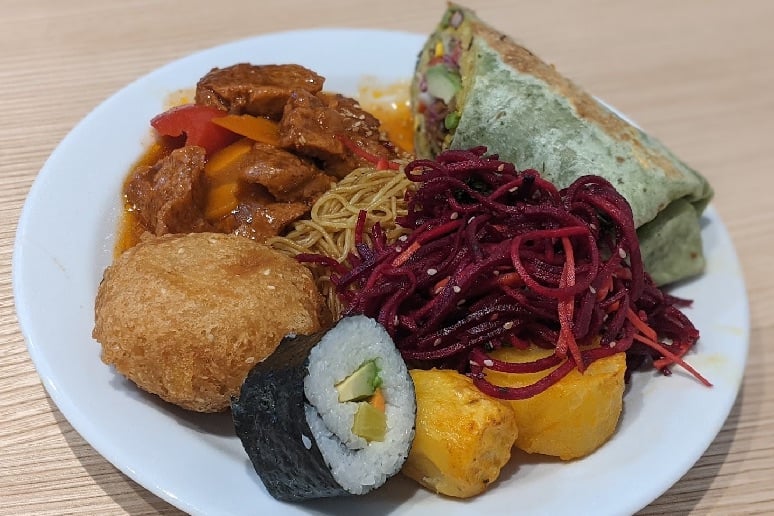
Eating for Optimal Health
There is more to healthy eating than meeting nutrient needs, of course. Food choices impact your risk of developing heart disease, diabetes, and even cancer. Vegan diets are naturally rich in protective factors and tend to be lower in dietary components that raise risk. With just a little attention to food choices, you can take steps toward optimizing lifelong health.
So before we go over advice regarding particular nutrients, let me offer you some easy tips for eating more healthfully. Even if you read no further, these points will help you improve your overall diet.
- Get plenty of fiber. Vegan diets tend to be rich in fiber because it’s found in all whole plant foods. Choose whole grains more often than refined and enjoy whole fruits rather than juices. Eat at least one or two servings of beans daily.
- Reduce saturated fat intake. It’s easy to do this on a vegan diet, since most of the saturated fat in diets comes from animal foods. Keep an eye on intake of processed foods that contain palm oil and limit your use of coconut oil. Beyond that, vegans don’t need to think much about saturated fat.
- Eat a serving or two of nuts each day. These foods have heart-healthy factors.
- Get in the habit of eating plenty of fruits and vegetables. They are packed with minerals that help keep blood pressure in a healthy range. Frozen fruits and vegetables are just as good as fresh.
Watch sodium intake, especially from processed and canned foods. - If you drink alcohol, keep your intake moderate. This is defined as two drinks daily for men and one drink daily for women.
Nutrient Intake Recommendations for Vegans
Regardless of whether you’re vegan, it’s wise to eat a wide variety of the healthful foods above. But even after making these foods the basis of your diet, it’s possible to fall short on one or more nutrients. Vegans should pay particular attention to protein, calcium, iron, zinc, vitamin A, omega-3 fats, and vitamins B12 and D. In a Western diet, many of these nutrients are traditionally associated with animal foods. But vegans don’t need to worry, since everything except B12 and vitamin D is easily obtained from vegan foods as well. Later in this article, I’ll explain how to meet your B12 and D needs on a vegan diet.
Protein
A number of popular books and websites assert that vegans have no need to think about protein. Unfortunately, that’s a misinformed and irresponsible position that can jeopardize health.
It’s true that severe protein deficiency is rare among people, including vegans, in higher-income countries. An extreme life-threatening deficiency like the disease kwashiorkor occurs only where people don’t have enough food. But some people still have protein intakes that fall short of optimal. Suboptimal protein status can impair bone health and muscle strength and reduce resistance to infections. Older people are especially at risk for getting too little protein. While many vegan foods are quite rich in protein, vegans can still fall short.
So it’s smart to play it safe. The best way to assure adequate protein is to eat legumes (beans, peas, soy foods, or peanuts) daily. Legumes have the highest protein content of all vegan foods. They are also good sources of the amino acid lysine, which is low in other plant foods.
Two daily servings of legumes will probably provide you with sufficient lysine, but three servings delivers an extra margin of safety. Older people or anyone on a weight loss diet might want to aim for four or more servings. If you have trouble digesting beans, your issues may resolve by switching to smaller beans like lentils, split peas, and mung beans. Soaking beans and discarding the soaking water also improves digestibility. Most people have no trouble digesting tofu, tempeh, and soy milk. Vegan protein powders, blended into drinks, are also easy to digest and offer a comparably excellent source of protein.
How to Eat More Protein-Rich Legumes
Two or three daily servings of legumes may sound like a lot, but serving sizes of these foods are surprisingly small. Any of the following counts as a serving of legumes:
- ½ cup cooked dried beans or lentils
- ½ cup tofu, tempeh, or TVP
- 3 ounces veggie meat made with soy protein, pea protein, or gluten
- 1 cup soy milk or milk made from pea protein (but not other plant milks since most are too low in protein)
- ¼ cup peanuts or soy nuts
- 2 tablespoons peanut butter
Even if some of these foods are new to your diet, increasing your intake of legumes is easy. Here are some popular foods that feature legumes:
- Peanut butter and jam (or sliced banana) sandwiches
- Scrambled tofu
- Baked tofu
- Veggie burgers
- Lentil soup
- Vegetables with peanut sauce
- Bean burritos
- Cereal with soy or pea protein milk
- Tacos with soy-based “ground beef”
- If you fall short on legumes, protein powders made from soy, peas, or potatoes are useful for boosting your protein intake.
Iron and Zinc
Many vegan foods contain iron. Beans and whole grains are especially rich sources of this nutrient.
Unfortunately, the iron in vegan foods is bound to absorption-inhibiting compounds called phytates. Food preparation techniques like toasting nuts and seeds and sprouting grains neutralize phytates and thereby make iron more available. But by far, vitamin C offers the most effective way to enhance iron absorption. When consumed at the same time as iron-rich vegan foods, vitamin C breaks the bond between iron and phytate, thereby substantially boosting absorption.
To meet your iron needs as a vegan, strive to eat plenty of beans, whole and enriched grains, leafy green vegetables, and dried fruits. Also add vitamin C-rich foods to your meals whenever possible. Good sources of vitamin C include citrus fruits and juices, cantaloupe, kiwifruit, mango, papaya, pineapple, strawberries, broccoli, Brussels sprouts, peppers, tomato juice, cabbage, and cauliflower.
The best sources of zinc in vegan diets are whole grains, legumes, nuts, and especially seeds. Like iron, zinc binds to phytates that reduce its absorption. Vitamin C doesn’t help here, but certain food preparation methods enhance zinc absorption. For instance, the yeast or sourdough mother used to bake whole grain bread will render its zinc much more absorbable. This makes whole grain bread a better source of zinc than crackers, flatbreads, or cooked grains. Sprouting grains and legumes likewise increases zinc absorption.
Vitamin A
Vegan foods don’t contain preformed vitamin A, but fruits and especially vegetables provide precursors that the body converts to vitamin A molecules. These vitamin A precursors, which include the antioxidant beta-carotene, are abundant in deep orange vegetables like winter squash (including pumpkin), sweet potatoes, and carrots. Eat a cup or so of these foods daily to ensure adequate vitamin A. Dark leafy greens are also good sources.
A drizzle of oil over vegetables or a dressing of fat-rich avocado or tahini will increase absorption of vitamin A from these foods.
Omega-3 Fats
One nutrient that often eludes vegans who otherwise eat healthfully is a fatty acid called alpha-linolenic acid (usually abbreviated as ALA). This is an essential omega-3 fat that is present in just a handful of plant foods. But you can easily meet your body’s needs. Just consume any of the following every day:
- 1 tablespoon of ground flaxseed (note that it must be ground; otherwise you won’t absorb the ALA)
- 2 teaspoons of chia seeds
- 1 tablespoon of walnut or canola oil
- 8 walnut halves
- 1 teaspoon of flaxseed oil
- 2 teaspoons of hemp seed oil
Including these foods in your diet is as simple as stirring a handful of walnuts into your morning cereal or a tablespoon of ground flaxseed into cooked rice or quinoa at dinner.
DHA and EPA
Two other omega-3 fats—DHA and EPA—aren’t considered essential dietary components because the human body can synthesize them from ALA. Unfortunately, the production of these fats, especially DHA, is unreliable. Research shows that vegans often have lower blood and tissue levels of DHA and EPA than people who eat fish.
How much your DHA and EPA status matters isn’t yet clear. Research into whether these fats improve heart health and cognitive function has yielded conflicting results. Some experts speculate that inadequate DHA and EPA intakes may cancel out some of the heart-healthy benefits of vegan diets. Also, some evidence suggests that EPA is helpful for people who are prone to depression.
Although many people get DHA and EPA from fish oil supplements, several companies sell vegan versions of these supplements. The omega-3 fats in these vegan capsules come from microalgae, which is the same place that fish get their DHA and EPA. If you consume adequate ALA – the essential fat in walnuts and flaxseeds – you will most likely synthesize enough EPA. You can look for a supplement that provides only DHA. These algae-based supplements are by far the most expensive supplement of interest to vegans so it’s wise to do some cost comparisons when you shop for them.
Other Fats in Vegan Diets
In addition to the omega-3 sources covered above, don’t hesitate to include other fat-rich foods in your diet. A wide range of fat intakes, anywhere from 20 to 35 percent of your daily calories, supports good health. This translates to 22 to 39 grams of fat for every 1,000 calories you eat.
What matters most isn’t how much fat you consume, but rather the type of fat you choose. Unsaturated fats from plant foods yield healthier cholesterol levels and lower risk for heart disease.
Additionally, certain high-fat plant foods may offer unique health benefits unrelated to their fat content. For example, tree nuts like almonds, walnuts, and pecans may reduce risk of heart disease. Although higher in fat than most other legumes, soy foods are rich in phytoestrogens that may lessen cancer risk and improve artery health. In addition to their health benefits, some fat-rich foods help vegans meet specific nutrient needs. For instance, seeds are an excellent source of zinc, and avocados and certain vegetable oils are rich in vitamin E.
Coconut, coconut oil, and palm oil are all high in saturated fat, the type of fat that raises cholesterol levels and risk of heart disease. Coconut oil is a popular choice when a recipe calls for a solid fat. Most vegans don’t cook with palm oil, but many processed foods contain it. Because most of the saturated fat in American diets comes from animal foods, vegans typically have low intakes. It’s fine to occasionally cook with coconut products or to enjoy processed foods. But for most of your cooking, choose oils that are high in unsaturated fat like soy, canola, or sunflower oil.
Calcium
Research carried out decades ago suggested that animal protein leaches calcium from the skeleton, thereby increasing calcium requirements. These findings gave rise to the theory that vegans and others who limited animal foods needed less calcium than omnivores. As the research has evolved, though, it’s become clear that any sort of protein in fact protects bone health. And how much protein you eat doesn’t seem to impact calcium needs.
While it’s important to consume adequate calcium, it’s also important to pay attention to how calcium absorption differs between foods. For instance, spinach contains lots of calcium, but the calcium is mostly bound to compounds called oxalates which inhibit absorption. Swiss chard and beet greens also contain substantial amounts of oxalates. In contrast, calcium absorption from vegetables in the cabbage family –including kale, bok choy, turnip greens, and broccoli—is excellent.
Calcium is also well absorbed from calcium-fortified plant milks and from tofu. But bear in mind that unless your tofu lists calcium sulfate as an ingredient, its calcium content is insignificant. Beans, tahini, and almonds all contain moderate amounts of calcium that is not especially well absorbed.
Rich Vegan Sources of Calcium
You can get ample calcium on a vegan diet by consuming at least three cups per day of some combination of the following foods:
- cooked Chinese cabbage, turnip greens, mustard greens, collards, bok choy, kale, or broccoli
- tofu that lists calcium sulfate in its ingredients
- calcium-fortified juices or plant milks
Then aim to eat at least a few servings of other foods that provide lesser amounts of calcium like beans, almond butter, almonds, okra, sweet potatoes, figs, oranges, corn tortillas, and blackstrap molasses.
If you are over 50, bump up your consumption of the most calcium-rich foods by an additional cup. Older people are less efficient at absorbing calcium, so you’ll want to increase your dietary calcium intake as you age.
If you don’t eat calcium-rich foods regularly or have reason to suspect you aren’t meeting your needs, it’s wise to take a small daily supplement of 300 mg or so.
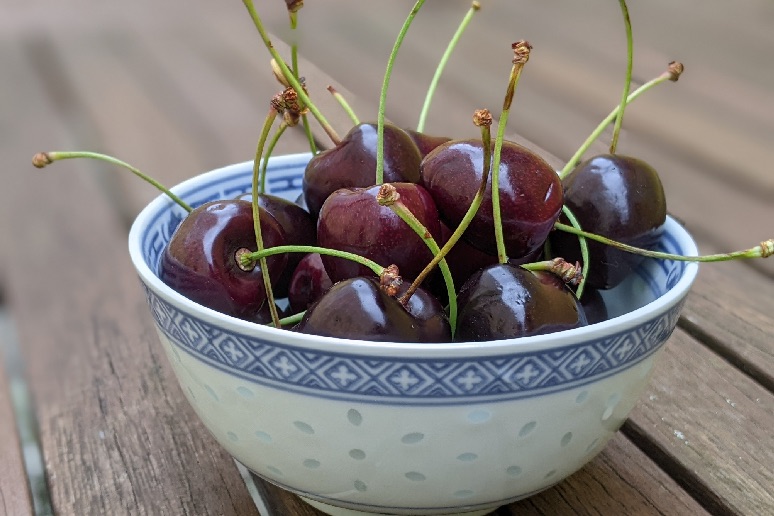
Vitamin B12
The internet abounds with misleading information about vitamin B12. Specifically, countless websites and forum posts make unfounded claims that vegans don’t need to worry about their B12 status. But nutrition experts are in clear agreement that there are only two reliable vegan sources of vitamin B12. These are foods fortified with this nutrient and supplements.
Contrary to oft-repeated claims, sea vegetables, fermented foods and organic vegetables don’t provide vitamin B12. Nutritional yeast often contains significant B12, but only if it’s grown on a B12-rich medium (check the product’s nutrition label to find out). And while people can store significant amounts of vitamin B12 in their livers, you should consume this nutrient regularly rather than allow your body’s store of it to deplete.
B12 Supplement Recommendations
When you go vegan or become nearly vegan you should start taking B12. There is no persuasive reason to wait, and every reason to start right away. Vitamin B12 deficiency can cause anemia and nerve damage—irreversible in some cases—so it’s essential to make sure you get enough.
Figuring out appropriate dosages of B12 is tricky because absorption varies by dosage size. It’s absorbed best in small frequent doses which means you need larger and larger amounts of B12 the less often you consume it.
Here are three ways to meet your vitamin B12 needs. Each option specifically refers to the cyanocobalamin form of the vitamin, which is the only one proven reliable as a supplement.
- Take a daily supplement providing 25 to 100 mcg of vitamin B12. Opt for chewable since this may increase absorption.
- Take a supplement providing 1,000 mcg of vitamin B12 twice per week.
- Eat two servings per day of foods fortified with at least 2 mcg of vitamin B12 each. You’ll need to eat these servings at least 4 hours apart to allow for optimal absorption.
Vitamin D
Vitamin D is produced whenever strong summer sunlight hits bare skin. But smog, clouds and sunscreen all block vitamin D synthesis. Older people and people with darker skin require more sun exposure to make vitamin D. In temperate climates, winter sunlight is often too weak for adequate vitamin D synthesis. Exposing your face and arms (without sunscreen) to midday summer sunlight for 10 to 20 minutes per day, depending on skin tone, or 30 minutes if you’re over 70, should enable your body to generate sufficient vitamin D. But even this short exposure to sunlight in the summer months raises risk for skin cancer. If you aren’t regularly getting this amount of sun exposure, you’ll need a dietary source.
Although vitamin D occurs naturally in eggs and some types of fish, the amounts are too low to meet daily needs. This means that many people, vegan or not, must take vitamin D supplements or rely on fortified foods to avoid deficiency.
Vitamin D3 is the most common form of vitamin D found in foods and supplements, and is usually derived from animals. Vitamin D2 usually comes from yeast and until recently was the only vegan form of the vitamin. If you already have adequate vitamin D levels, vitamin D2 supplements are sufficient for maintaining those levels. There is evidence, though, that D3 is more effective for reversing a deficiency of vitamin D. So if your vitamin D levels are currently too low, you may need D3 to bring them back up to a healthy level. Vegan D3 supplements are widely available. Recommended intake of this nutrient is 600 IUs per day.
Iodine
The body needs iodine for a healthy thyroid gland. Inadequate intake causes hypothyroidism which results in slowed metabolism, elevated cholesterol, and weight gain. Extreme deficiency can cause a goiter, which is a swollen thyroid gland. Given the consequences of deficiency, and how easily you can obtain this nutrient, there’s no need to put your iodine status at risk.
Although plant foods provide iodine, the amount present depends on where the food was grown. Many people get most of their iodine from iodized salt and dairy products. Processed and fast foods are often made using salt that isn’t iodized. The iodine in cow’s milk comes primarily from disinfectants applied to cow udders prior to milking.
Although sea vegetables often contain substantial amounts of iodine, levels of this nutrient vary considerably. Some sea vegetables may even contain excessive amounts. It’s therefore best to use sea vegetables in moderation rather than to depend on them for iodine. A small amount of additional iodine, from either ¼ teaspoon of iodized salt per day or a supplement providing 75 micrograms of iodine three or four times per week will help you meet needs.
Vitamin K
Vitamin K supports bone health and is essential for blood clotting. Intestinal bacteria produce some vitamin K and it’s also abundant in leafy green vegetables. The type of vitamin K available in plant foods is vitamin K1. There is some controversy about vitamin K2, a form of the vitamin that is lacking in vegan diets. The only good vegan source of K2 is natto, a fermented soy food popular in Japan but practically unknown elsewhere.
Although vitamin K2 isn’t needed for blood clotting (which is the vitamin’s main function) it might protect bone and heart health. The research on this is conflicting, though. There is no RDA for vitamin K2 but meat eaters consume around 31 micrograms daily. Vegan vitamin K2 supplements are available for those who wish to add this form of the vitamin to their diet.
Five Simple Guidelines for Good Vegan Nutrition
The following five guidelines distill this article’s information into simple steps that can ensure a healthy, well-balanced vegan diet.
- Eat at least three servings per day of beans, tofu, tempeh, soy milk, veggie meats, peanuts or peanut butter.
- Consume a wide variety of fruits and vegetables, including leafy greens and dark orange vegetables plus good sources of vitamin C like peppers, citrus fruit, and strawberries.
- Get most of your fat from healthy sources, like nuts and nut butters, avocados, seeds, and moderate amounts of oils. Also make sure to consume a good source of the essential omega-3 fats found in flax or chia seeds, canola oil, and walnuts.
- Eat three cups of calcium-rich foods every day including fortified plant milks, fortified juices, tofu made with calcium sulfate, and cooked kale, collards, bok choy, or turnip greens (double the amount of greens if you eat raw greens instead of cooked).
- Don’t shun supplements as “unnatural.” They’re an inexpensive, easy, and reliable way to avoid deficiency. All vegans need vitamin B12 from supplements or fortified foods. Most also need to supplement vitamin D, especially during the winter months. You may also decide to take vegan DHA and EPA supplements. If you don’t regularly use iodized salt, it’s prudent to take an iodine supplement. Vegans who don’t eat enough calcium-rich foods will benefit from a low-dose calcium supplement. Vegan.com maintains a supplements page that provides current and helpful information about all these nutrients.
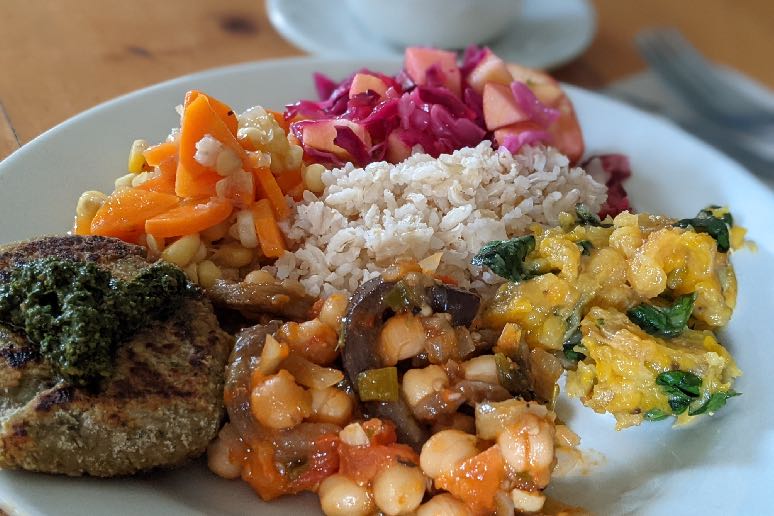
Find Your Cooking (and Eating) Style
If you like to cook, cookbooks and free vegan online recipes can provide endless inspiration. But if you don’t have time or your skills are limited, you can still enjoy healthy and appealing vegan meals. Knowing the basics – how to steam vegetables, bake a potato, and cook rice or pasta – makes it easy to produce satisfying and affordable vegan meals. If you choose not to go further than that, it’s perfectly okay to round out meals with tomato sauce from a jar, vegan meats, canned beans, and store-bought hummus.
It’s smart to eat plenty of vegetables, fruits, whole grains, beans, nuts and seeds. But there is no reason to avoid vegan meats, plant milks, or oils. There are hundreds of these foods on the market, and this page on vegan alternatives to animal products is a great place to dive in. Placing needless restrictions on food choices makes it harder to meet nutrient needs and also harder to stick to your vegan diet. More restrictive versions of vegan diets, like raw foods or very low-fat regimens, offer no advantages over diets that include cooked or higher fat foods.
Certain foods that fit the current definition of “ultraprocessed” offer convenience and satisfying flavors, while also contributing important nutrients. For example, vegan meats can provide abundant protein. Even fortified breakfast cereals play useful roles in the menus of busy people or for children who are picky eaters. There is no evidence that vegans who shun these foods enjoy better health than others.
Many long-term vegans enjoy veggie burgers, sweet treats now and then, and whatever convenience products make their diets more enjoyable and practical. Others love to fuss in the kitchen creating meals from scratch. Either approach can provide a foundation for good health, as long as you are giving some attention to meeting nutrient needs and you’re not eating cookies and chips all day. When it comes to cooking and eating, there is no one right way to be vegan.

